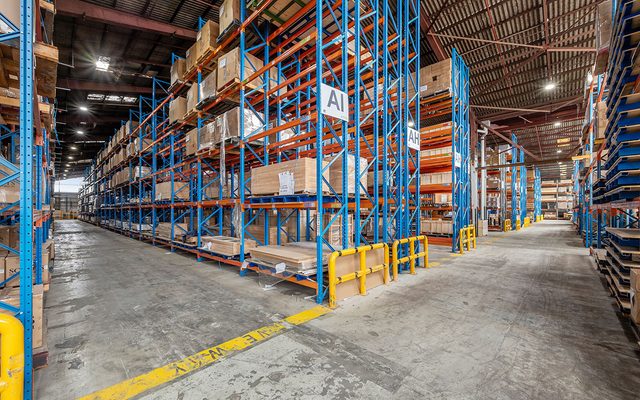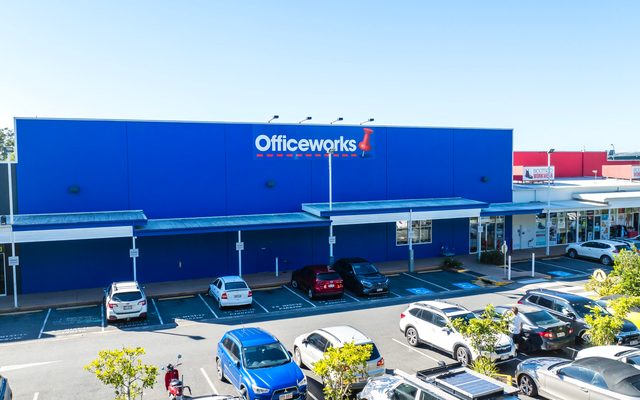This article is from the Australian Property Journal archive
ONGOING take up of land and few additions of new serviced lots continue to push up values in Brisbane’s industrial market, led by the TradeCoast and south east precincts.
Knight Frank’s Brisbane Industrial Market Overview March 2019 found land values for industrial properties between one to five hectares grew by 5.8% over the past 12 months to hit $294 per sqm, while properties of less than 5,000 sqm increased by 6.4% to $377 per sqm.
Chris Wright of Knight Frank said the TradeCoast has long held the highest land values due to its proximity to the Brisbane CBD and major roads, port and airport. The precinct has seen further growth of 10.5% in values for smaller and 8.5% for larger lots.
Meanwhile, the south east precinct has come roaring back after lagging behind other parts of the market. Two-year total growth of 25% for small and 34% for larger lots has seen it back on a par with the south and south west precincts. Small lots ranging between $310 to $330 per sqm, and one to five hectare lots at $275 per sqm.
Report author, Jennelle Wilson said buildings of scale had accelerated land take up leading to value growth, and high pre-commitment activity would spur construction in 2019.
Major users upscaling their distribution premises have included Coles, which pre-committed to a 66,000 sqm distribution facility at Redbank, following similar commitments including Australia Post (48,748 sqm), Rheinmetall (41,688 sqm), Metcash Hardware (31,000 sqm), Hilton Foods (39,454sqm), Pinnacle Hardware (16,630sqm), Steelforce (16,000sqm) and QLS (12,300sqm).
Take up of speculative space in the second half of 2018 saw available fall to 55,838 sqm, from a recent high of 97,553 sqm.
Supply overall is expected to double on 2018 levels throughout this year. Confirmed spec accounts for 14% so far with the potential to increase.
Wright said the focus in Brisbane’s industrial land market was now back on large mega-lots for future development.
“The major domestic institutional owners have continued to scout the market for land opportunities, turning to infill sites and brownfield opportunities, with some transactions of large raw land parcels emerging,” he said.
Vacancy in Brisbane’s industrial market fell by a further 14% over the past year, to sit below average levels for the first time in five years.
Knight Frank’s Mark Clifford said tenant demand was solid at the top end of the market, with logistics and consumer goods driving absorption. For new supply completed in 2018 and due for completion in 2019, 34% will be occupied by food production/distribution tenants, followed by transport and logistics tenants with 22%, and consumer products at 17%.
“Major users were searching for efficiencies in their delivery chain, fuelling demand for new generation automated facilities.
“Industrial demand, both in quantum and type, is being influenced by logistics operators as omni-channel retailing becomes entrenched in the supply chain,” he said.
“Delivering accurately, with complete trackability, quickly and on a cost-effective basis is now the key issue for many logistics operators.
“The efficiency of location to the local road network as well as long haul travel are required, as well as a large flexible building shell with green ratings, which is often now demanded by the brand of product being stored for their own environmental reporting and standards,”
Investment activity in the Brisbane market over 2018 came in at a record $1.035 billion, knocking off the previous high of $993 million in 2007.
Clifford said that while some transactions were related party or portfolio sales, there was an uplift in the number of core assets of a large scale offered to the market.
Yields have firmed due to sustained investor demand, helped by offshore buyers which were the biggest presence in the year with $380 million in acquisitions.
Australian Property Journal




